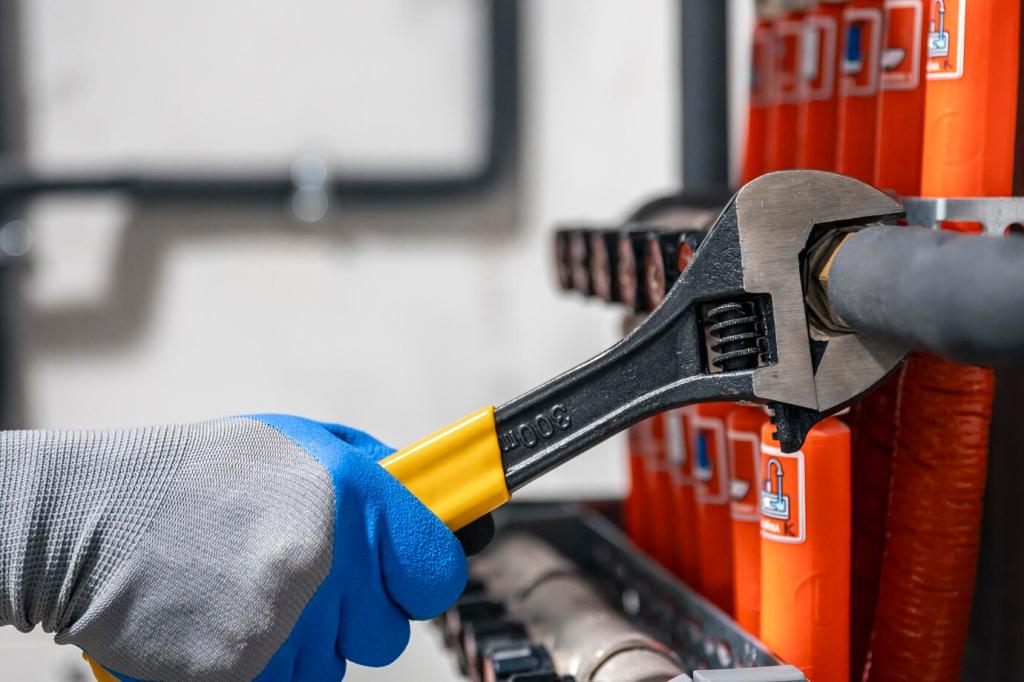Meet the Heart of Your Car: Introduction to Auto Engine Components
Chosen theme: Introduction to Auto Engine Components. Explore how each part of an engine works together—practically, reliably, and sometimes surprisingly—to turn fuel into forward motion. Read on, ask questions, and subscribe for hands-on insights that make complex components feel approachable.

Engine Block and Cylinders: The Solid Foundation
What the Engine Block Does
The engine block houses cylinders, coolant passages, and oil galleries, providing structure and alignment for moving parts. It is typically cast iron or aluminum, balancing strength and weight. Share your questions about block materials or casting marks, and we will highlight how they influence durability and performance.
Cylinders, Bores, and Displacement
Cylinder count and bore size determine displacement, a key factor in torque and power characteristics. Larger bores allow bigger valves and improved breathing, while stroke length shapes low-end pull. Comment with your car’s displacement and we’ll discuss what that number suggests about its driving personality.
A Quick Garage Memory
I once measured cylinder taper on a high-mile engine and discovered just enough wear to cause oil consumption. That tiny thousandth of an inch told a big story. If you have a mystery oil burner, tell us your symptoms—this theme helps you trace problems back to core components.

Pistons, Connecting Rods, and Crankshaft: Turning Fire into Motion
Modern pistons use low-friction coatings, precise ring lands, and optimized crowns to manage heat and seal combustion. Even tiny ring gaps matter. Curious about piston slap on cold starts? Ask in the comments and we will connect the sound to clearance, materials, and expected wear patterns.
Camshaft Profiles and Purpose
Lift, duration, and lobe separation angle determine how long and how far valves open. Mild profiles boost drivability; aggressive grinds favor high RPM power. Tell us your daily driving style, and we will translate it into cam characteristics that match real-world needs.
Timing Belts, Chains, and Tensioners
Belts run quietly but require scheduled replacement; chains last longer yet rely on healthy oiling and guides. A failing tensioner can throw timing off. Share your mileage and maintenance history, and we will suggest inspection intervals to keep components aligned and safe.
When Timing Slips: What You Hear and Feel
Rattles on startup, misfires, or power loss can hint at timing issues. Once, a faint chain rattle on a cold morning foreshadowed stretched links. If you have suspicious sounds, comment with details—this theme helps you connect symptoms with valvetrain components.

Air and Fuel Delivery: Feeding the Fire Cleanly and Consistently
Manifold design shapes torque curves. Long runners favor low-end pull; short, straight runners improve high-RPM breathing. Keep filters clean to protect sensors and airflow. Ask about your intake layout, and we will explain what its runner design says about your engine’s intent.

Spark Plugs and Heat Ranges
Proper heat range prevents fouling and pre-ignition. Gap size influences burn quality and start-up behavior. If you recently changed plugs and noticed a smoother idle, tell us the plug type—we will decode how those specifications interact with your engine’s components.
Coil Packs and Ignition Control
Individual coil packs deliver strong, precise sparks. Weak coils mimic fuel problems. Share misfire codes or rough-running stories, and we will help connect symptoms to coil performance, wiring integrity, and how ignition components interplay with the rest of this theme’s systems.
ECU Timing Decisions in Milliseconds
The ECU advances or retards spark based on sensors like knock and airflow. A small correction prevents big engine stress. Curious about timing trims you saw on a scan tool? Post a screenshot, and we will translate data into component-level insights.
Lubrication System: Oil as Liquid Engineering

A healthy pump delivers pressure to bearings, cams, and lifters through internal galleries. Low idle pressure can be normal or a warning. Share your warm-idle PSI and engine model; we will help interpret numbers in the context of component clearances and expected wear.
Cooling System: Controlling Heat for Longevity
Thermostats speed warm-up and stabilize operating temperature; radiators reject heat efficiently when fins are clean. If your gauge creeps in traffic, share the conditions—fans, airflow, and radiator condition each tell a component-level story we can decode together.
Cooling System: Controlling Heat for Longevity
Correct coolant blend prevents corrosion and raises boiling point. A worn pump may seep or whistle. Tell us your coolant color and service age; we will relate it to material compatibility and the health of passages within the engine components this theme introduces.




Exhaust and Emissions: A Clean, Efficient Exit
Manifolds collect hot gases and minimize backpressure. Cracks create ticking sounds and false O2 readings. If your car ticks on cold starts, describe the pattern—we will connect it to material expansion and the component roles defined in this introductory theme.
Exhaust and Emissions: A Clean, Efficient Exit
Converters neutralize pollutants; sensors guide fuel trims. A failing sensor can mimic many issues. Share any P0420 or fuel trim data, and we will help interpret what those numbers say about the health of your engine’s combustion and exhaust components.
